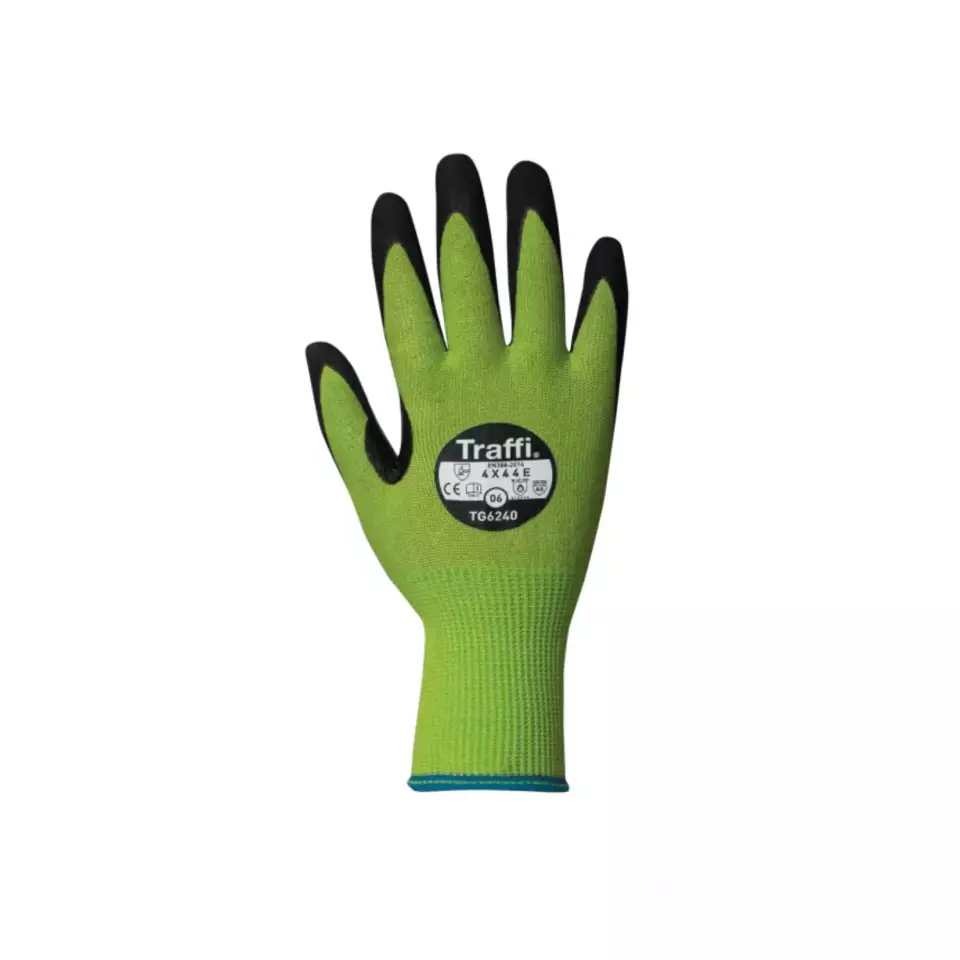
Features You'll Love

Cuff Style · Knit
Determines how the glove secures around the wrist, affecting fit, comfort, and protection coverage at the wrist area.

EN 388 · Tear Resistance Level 4, Puncture Resistance Level 4, Abrasion Resistance Level 4
Offers the highest level of protection against tearing, withstanding a strong force before ripping.
Offers the highest protection against puncture from objects like nails, measured with a standardized blunt probe.
Offers the highest level of protection against intense rubbing and wear from rough materials.
Traffi
MICRODEX NITRILE LXT Cut Level E Safety Glove, 10 pairs
MICRODEX NITRILE LXT Cut Level E Safety Glove, 10 pairs
5 / 5
83,89 €
Price per 10 pairs
8,39 € / pair
Choose size
Free delivery
Features You'll Love

Cuff Style · Knit
Determines how the glove secures around the wrist, affecting fit, comfort, and protection coverage at the wrist area.

EN 388 · Tear Resistance Level 4, Puncture Resistance Level 4, Abrasion Resistance Level 4
Offers the highest level of protection against tearing, withstanding a strong force before ripping.
Offers the highest protection against puncture from objects like nails, measured with a standardized blunt probe.
Offers the highest level of protection against intense rubbing and wear from rough materials.
Product description
The product description has not been specified